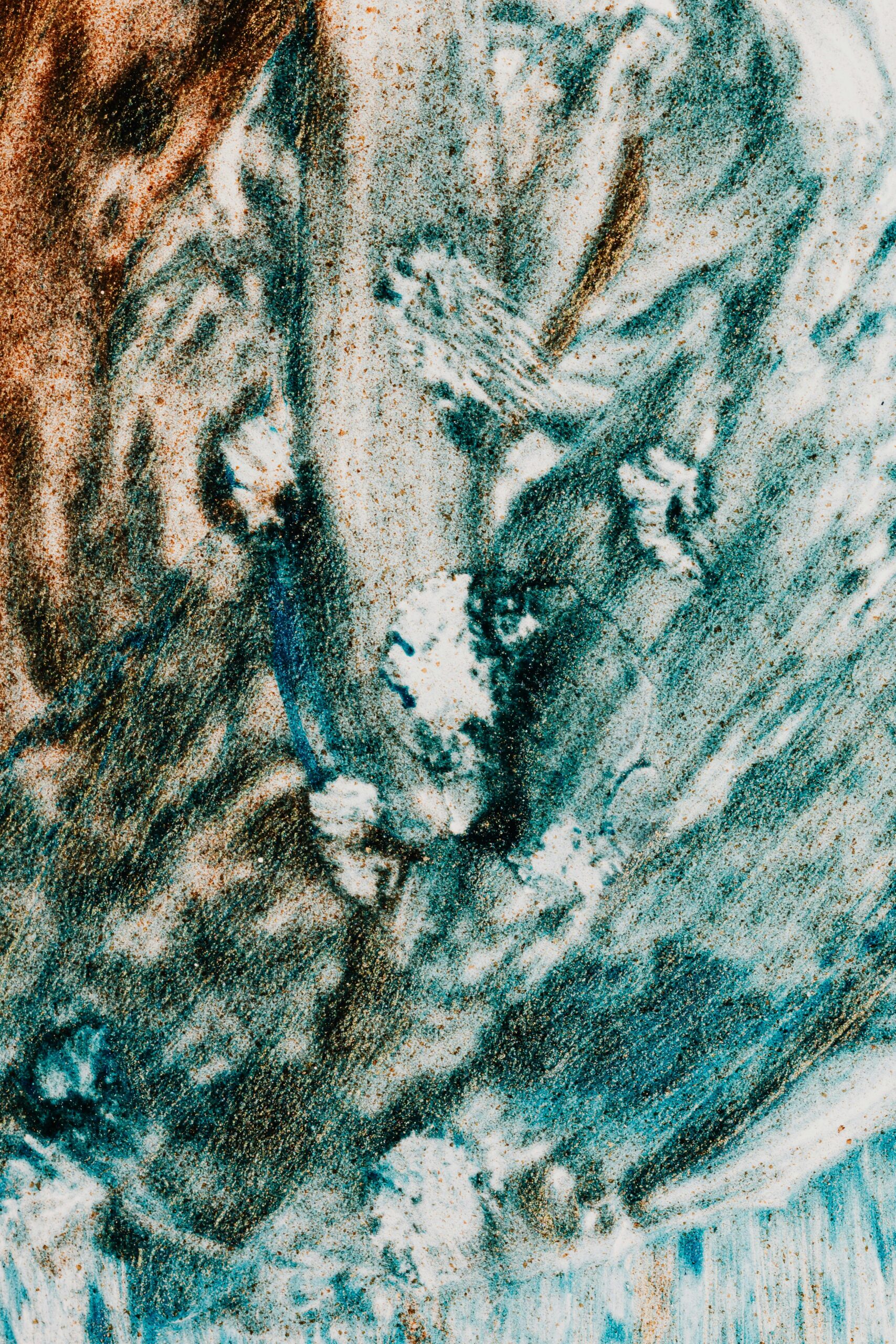Fracture Mechanics
The failure of brittle materials was
first explained during World War I,
soon after my grandmother sailed
the Atlantic, and her little brother
was put to work in dryland farming,
a favored practice on the Canadian
prairie as frail soils were manipulated
by the hands of orphans. Once all
moisture had been dispensed,
the family decamped for permanent
drought conditions in Los Angeles.
My grandfather followed, though he
did not prosper in the beginning as
he planned but instead clung to his
new and more successful in-laws.
The women sewed ties for a nickel
a piece so long as they could keep
the men ignorant; the matriarch,
my great grandmother, collected
hair for wigs assembled for her
co-religionists. Stresses in small
objects are more likely to result
in breakage, compared to the vast
gatherings of gossamer fibers molded
into wings and fuselages; just consider
the failure of lungs or a single pancreas,
overwhelmed by their duties, becoming
impervious to air and the demands
of citrus, grown a continent away, then
transported by rail to the Southland.
Where else could the principles of fracture
mechanics be so amply demonstrated
than in the body of the patriarch, his
insides so desiccated by sugars and smog
he shattered like so much ceramic,
an accumulation of clay sculpted
and fired for a moment’s awe or
convenience, its pieces ultimately
scattered in the dirt, like something
enigmatic, ancient, or useless.
Run
In high school we went on grunion runs:
an hour’s drive on Pacific Coast Highway
at abominable speeds to be on time to
see fish flinging themselves ashore in a
fit of procreative instinct. You were supposed
to bring a bucket to collect the unlucky souls
who could not quite complete the evolutionary
imperative; next to be gutted and plunged into
a mix of egg and breadcrumbs and boiling
oil, to be feasted upon by the apex predators.
But we always forgot the buckets, though
not the blankets for making out afterwards;
and I never once saw a grunion, but the boys
avidly pointed them out on the spawning
grounds, sand flying as sleek bodies twitched
like the first boy to ever throw his arm around
me, at a Halloween gathering. I was thirteen
and we watched with the adults the Martian
invasion of New Jersey while other kids smoked
oregano and played tag in the darkness. The next
day at school, the girls crowded around me,
warning I’d be raped if this secret ever got out.
During the grunion runs you had to yield your
vision to faith, trust in your companions that
the grunion were out there, pulsing like light
in the waves like the demonstration of blood
flowing within the giant plastic circulatory
system at the Museum of Science and Industry.
Or like listening to the Christian girls as they
talked about the resurrection at lunch; or how
the neighborhood bullies performed their rites
of passage upon my body, humiliations that
had to give them a sense of control over their
unruly fixations as they pulled down my pants,
made me drink mud, or made me talk to the day
laborers working in the neighbors’ yards because
they said the workers were in love with me, wanted
to run away and get married, have children, buy
me diamonds. They insisted I had to give the itinerants
a chance, since who else was there for them,
and I did, in another act of unrefined witness,
either to be castigated for my beliefs, or ridiculed
for my skepticism.
Jane Rosenberg LaForge is the author of four full-length poetry collections; My Aunt’s Abortion (BlazeVOX books 2023) is her most recent. She also has published four chapbooks of poetry; a memoir; and two novels. She reviews books for American Book Review and reads poetry for COUNTERCLOCK literary magazine.

